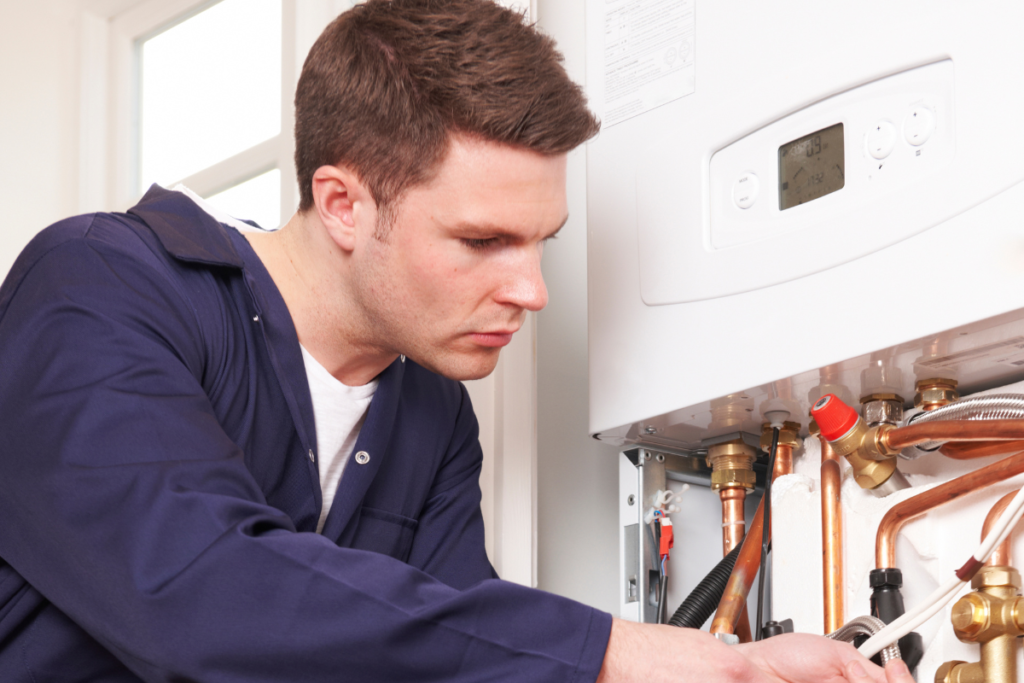How can you Make your Home More Energy Efficient?

The UK finds itself in the grip of a protracted energy crisis, with households across the country feeling the squeeze. The amount that we spend on heating (and, to a lesser extent, lighting) can make an enormous difference to our overall expenditure, and by extension, our overall quality of life. For this reason, it’s worth making up-front investments wherever possible to reduce your consumption in the long term. That way, you’ll spend less on gas and electricity while still enjoying the same quality of life indoors.
How can this be done?
The best place to start when it comes to heating improvements is usually the boiler. If yours is outdated, then you might be able to swap it out for a modern plumbing and heating system to substantially reduce your heating bills, year on year. When you’re considering a replacement boiler, you’ll want to factor in the size of your home, the cost of installation, and the length of time that it will take to pay for itself. Get several quotes, ensuring you find the best deal for fitting and installing your heating system.
What about insulation?
Insulation can make a big difference, especially if you don’t have any installed to start with. Mineral wool should be laid in the loft, up to 270mm. You can lay the first layer in between the joists, and the second across in the other direction. Use short lengths of wood to prop up boards on top of the insulation for extra storage space – but be sure that you don’t compress the insulation. It’s also worth checking that you have adequate ventilation up there – if you don’t, then you might find that you end up with a build-up of moisture.
A smart meter
A smart meter will allow you to track your energy consumption over time, and identify which behaviours are costing you the most. You might observe in real-time how much extra you’re spending by leaving the computer on all day, or by making the switch to LED lighting. Smart meters will also provide information back to the grid, helping the energy companies to predict demand, and therefore to allocate capacity where it’s going to be needed.
Draught-proofing
Your efforts to make your home energy-efficient shouldn’t just be limited to keeping warmth inside – you should also be concerned about keeping cold air from blowing through gaps. These gaps tend to be particularly common around the edges of doors and windows, but they can often be easily counteracted with the addition of a few compression strips and draught excluders. For just a few pounds, you can install a little bit of compressible foam around the edges of your door.





